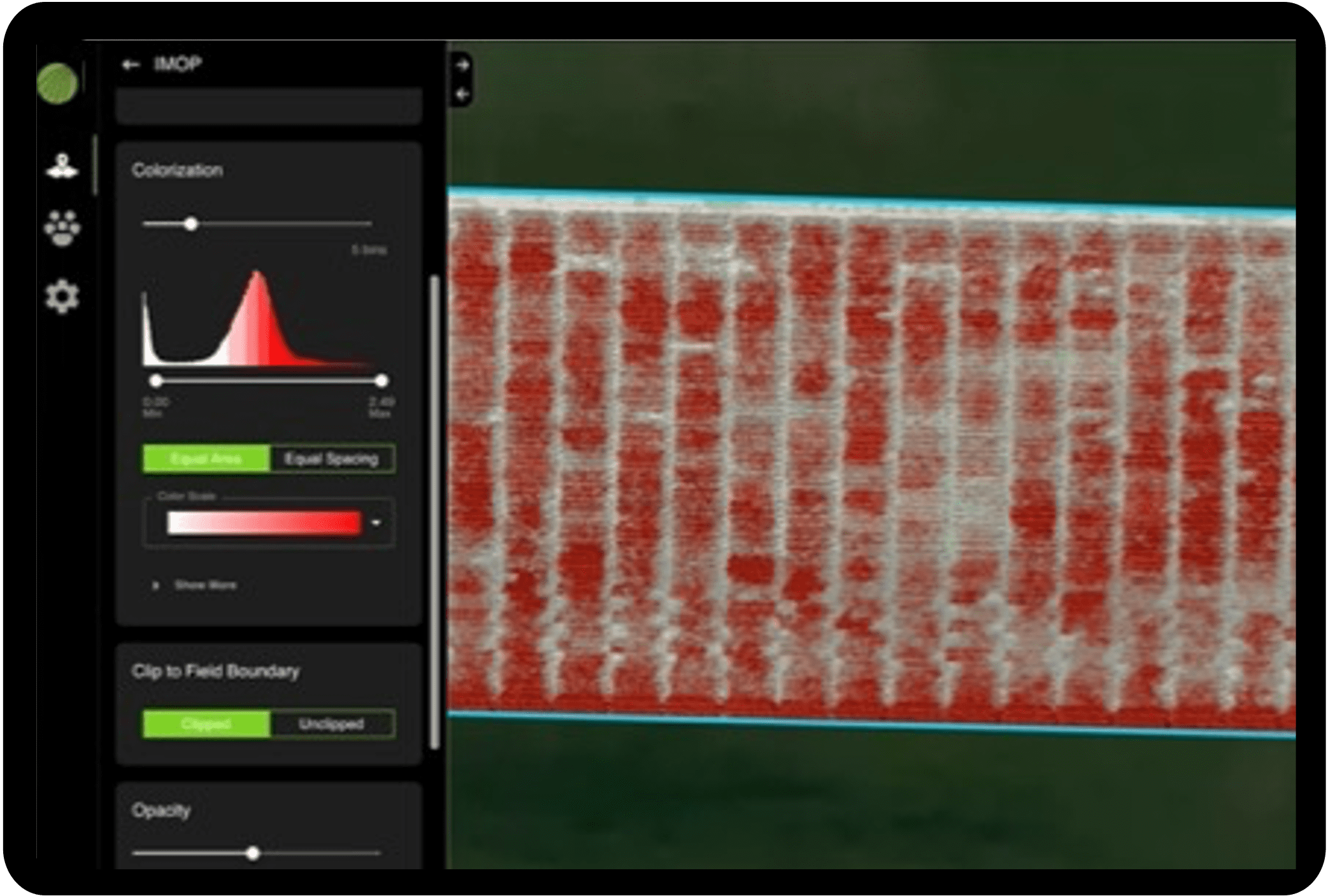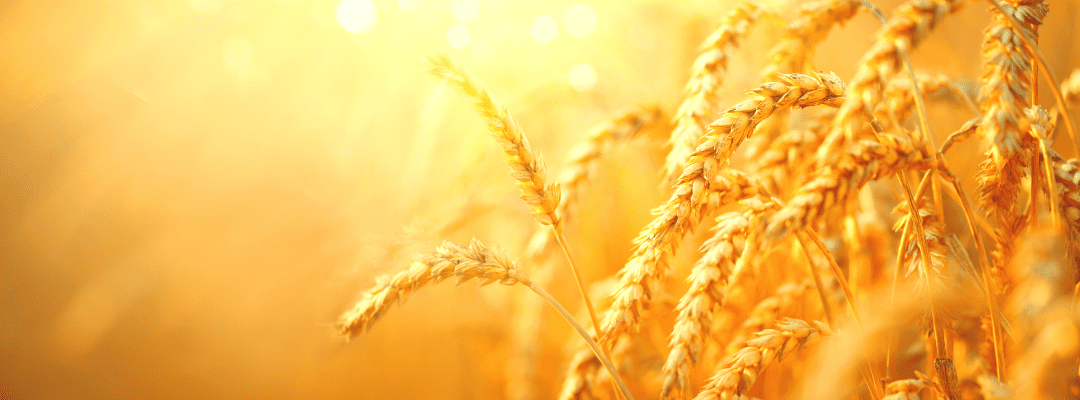Significant advancements in wheat seed breeding and production can have a monumental effect on our world; after all, wheat covers more of the world’s surface than any other food crop, but its yields don’t compare to other crops like maize and rice.
From drought to wind damage, wheat can be subject to external factors that can significantly decrease yields. These scenarios can result in lodging and research indicates that it can decrease yields by as much as 38%.
Getting insight into lodging, from when it occurs to the severity of the damage, can be instrumental in understanding wheat seed trait performance and characteristics. In some cases, early detection can mean that an action plan can be created to resolve the issues at hand.
Within its suite of FieldInsights analytics, Sentera offers Height & Lodging specifically for wheat to help support research and product development for this critical crop to our world’s food needs.
Height & Lodging Analytics Overview
At its core, Sentera’s Plot Canopy Height & Lodging uses 3D reconstruction from RGB imagery to characterize changes in crop height.
Using an ag drone system with a compatible sensor, Sentera’s data science ecosystem translates the high-resolution aerial imagery into plant-level measurements. For the Height & Lodging analytics that Sentera offers, the measurements classifies plot areas that show a canopy height decrease relative to canopy height determined previously.
How to Use Height & Lodging Analytics
Within the 60 days between booting to harvesting stages, wheat plants are at most risk of lodging – which has negative impacts on yield and quality of grain. For those that are conducting research trials with wheat, the Height & Lodging analytics provide essential insight into the performance of this crop during this time.
Recommended use cases for these analytics include:
- Assessing and understanding lodging and its impact on the crop
- Measuring canopy height at a particular point in time, with the ability to compare to canopy heights determined previously
- Understanding growth stage
- Identifying crop damage to understand impact on yield and outcomes
Height & Lodging Analytics: What’s Included
The data attributes for the Height & Lodging insights from Sentera are generated from RGB imagers.

Within this analytic from Sentera, it includes an RGB mosaic as well as key data attributes, like height metrics (e.g., average, minimum, max) and lodging analytics, such as the percent of the plot that’s lodged as well as the overall area of the plot that’s lodged.
The analytic leverages Plot Canopy Height to designate within the plot where the height of the canopy has significantly decreased between when the data is captured. As such, it’s important to point out that this analytic does require multiple flights in order to generate the change in canopy height over time.
This data can be viewed and analyzed within FieldAgent, or it can easily be exported or pushed to an external platform via API. With this standardized data, it makes it easy to build into a data science workflow so it can easily be consumed for analysis.
How to Capture Height & Lodging
Sentera’s Height & Lodging analytic must be captured after heading, when the plant size is greater than one foot (or 0.3m) in height. As mentioned previously, at the core of this analytic is Sentera’s Plot Canopy Height – meaning that this first must be captured first, with the aerial imagery for lodging analytics to follow at a later date. Or dates, depending on how often this may be measured.
For instance, if this data will be used in an agronomic model to forecast end-of-season yield outcomes, then there may be multiple flights to measure lodging over time and understand its impact on the crop for the season.
And, because this product uses a precision-aligned orthomosaic derived from high-resolution RGB imagery, it requires the use of a RGB imager in order to capture the high-resolution aerial imagery that is then translated into accurate plant measurements.
As Sentera’s newest sensor, the 65R captures the imagery required to generate Height & Lodging insights for small grain. The ultra-high-resolution imagery output of the 65R means higher quality and more precision. When paired with the DGR System, Sentera’s hardware solution to add absolute location certainty to aerial imagery, it transforms the data collection process, from capture to analysis.
In addition to the 65R, Sentera’s data science ecosystem can support other RGB sensors – like the Mavic 3 Enterprise and Phantom 4 Pro – to capture aerial imagery for this analytic.
Getting deeper insight into lodging analytics and understanding how its impacting canopy height and growth throughout the season offers deeper insight that is instrumental for research and product development leaders. As we look to a more productive future to meet the growing demands of our population, analytics like this can help augment key outcomes by offering more visibility while delivering the accuracy required to inform critical business decisions.


